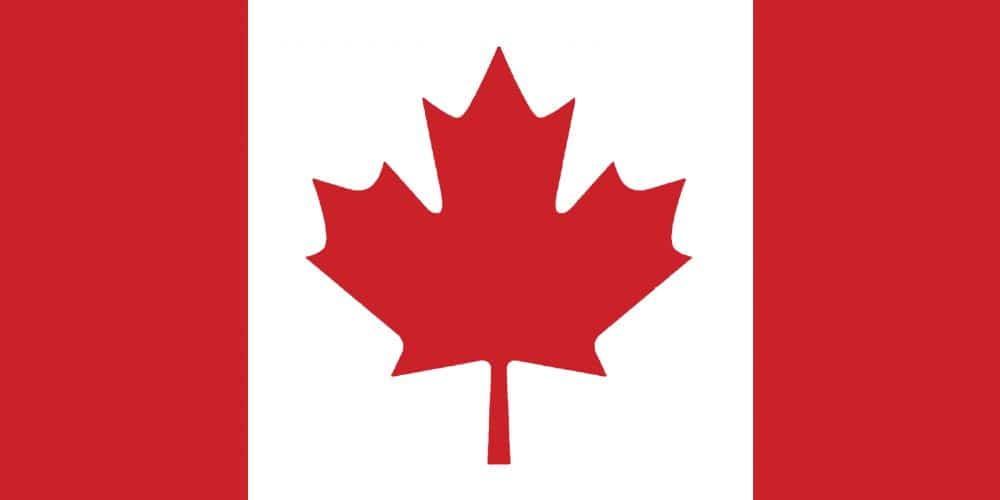On June 20, 2014, the Government of Canada announced sweeping changes to its Temporary Foreign Worker Program, many of which were effective immediately. Pilots are one of very few specific occupations that were singled out in the changes.
Under the former system, employers were required to obtain authority to hire a foreign worker through a “Labour Market Opinion”. Employers must now apply for a Labour Market Impact Assessment (LMIA), which is a more comprehensive and rigorous process. The LMIA must include information about the number of Canadians who have applied for the available job, the number of Canadians interviewed, and an explanation of why those Canadians were not hired. A new job matching service has been introduced in an effort to allow Canadians to apply directly through the Canadian Job Bank for jobs that match their skills and experience. Employers applying for LMIAs must advertise on the Job Bank. Employers are expected to back up their explanations for why they did not choose the Canadian citizens or permanent residents who have applied for available jobs.
The new system will be supervised by a dedicated team of inspectors, who will have authority to compel employers to verify their compliance with the program. Employers who violate the program rules may be subject to a number of penalties, which include a ban from using the Temporary Foreign Worker Program, fines of up to $100,000, and having their names published on a public blacklist website.
In recent years, concerns have been raised that some airlines are excluding Canadian pilots from seasonal jobs by requiring job applicants to be already trained on specific types of aircraft before they are hired. This conflicts with general industry standards of airlines paying for and ensuring pilots obtain their training on a specific airline’s aircraft after they have been hired. Following consultation with stakeholders, the Government of Canada found consensus that there was no shortage of Canadian commercial pilots who could be trained to fly specific types of aircraft. Effective July 1, 2014, airlines must meet the minimum advertising requirements for high wage occupations and must specify the following criteria in their job postings:
(a) no more than a maximum of 4,000 flight hours for a First Officer and 5,000 for a Captain as required experience;
(b) possess a valid commercial pilots’ license;
(c) require English and/or French language proficiency;
(d) include industry standard medical testing requirements for commercial flights;
(e) state both the legal and common names of the airline operating in Canada;
(f) not include as an essential or asset requirement the necessity of holding a type rating for a specific type of aircraft (it is acceptable to require applicants to have experience flying equipment that is similar in configuration and complexity to the airline’s fleet);
(g) indicate when training bonds will be applied (these must now cover a minimum of two years employment);
(h) negotiate a transition plan with Employment and Social Development Canada documenting the airline’s future efforts and commitment to decrease the reliance on foreign pilots while increasing its roster of Canadian/permanent resident pilots;
(i) submit LMIA applications a minimum of three months before the first day of work to ensure program officers can thoroughly review the application.
As a result of these system changes, operators seeking to hire temporary foreign pilots must become familiar with the new program rules and requirements.
For more detailed information with respect to the changes mentioned above please see the article “Government of Canada Overhaul of the Temporary Foreign Worker Program”).


